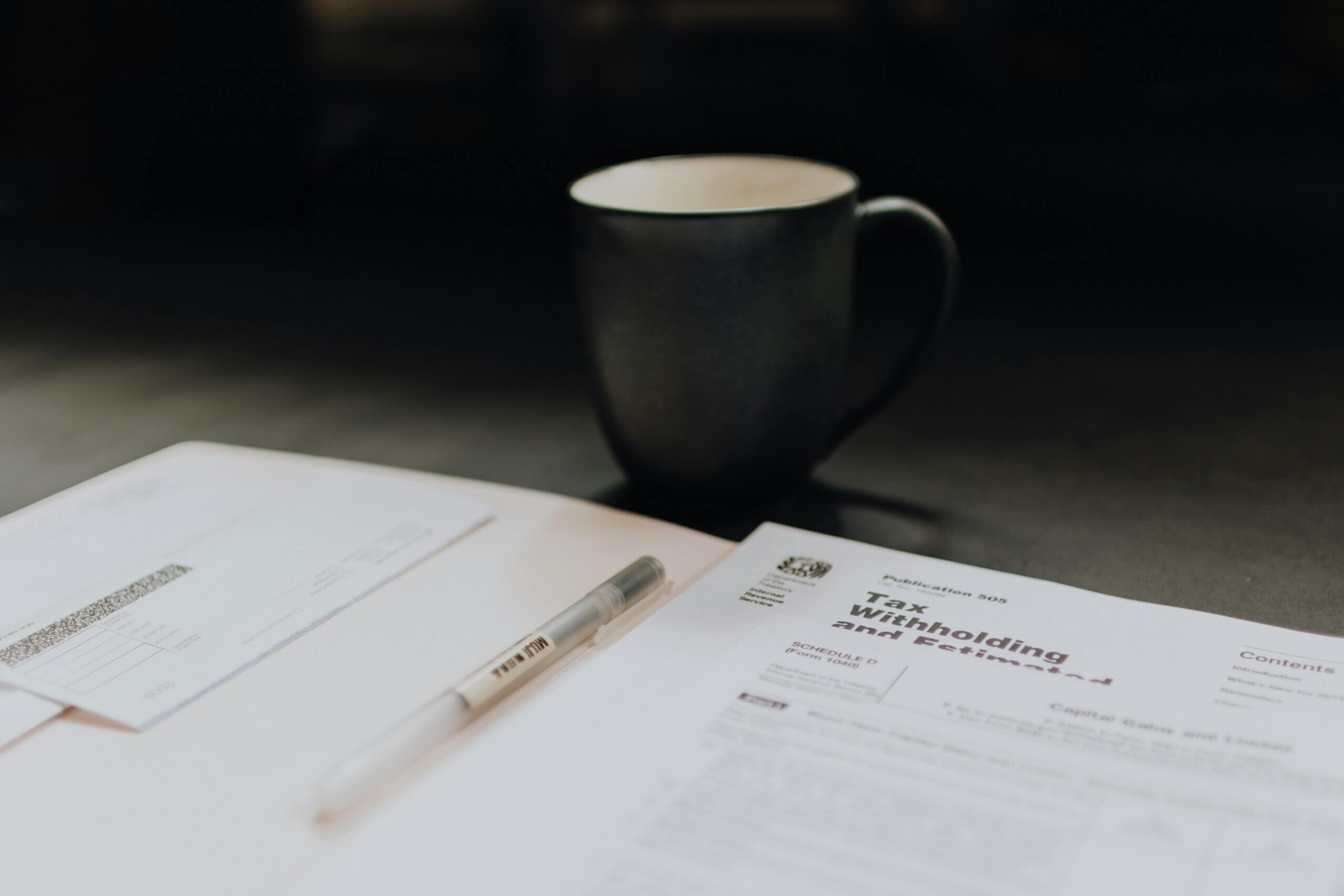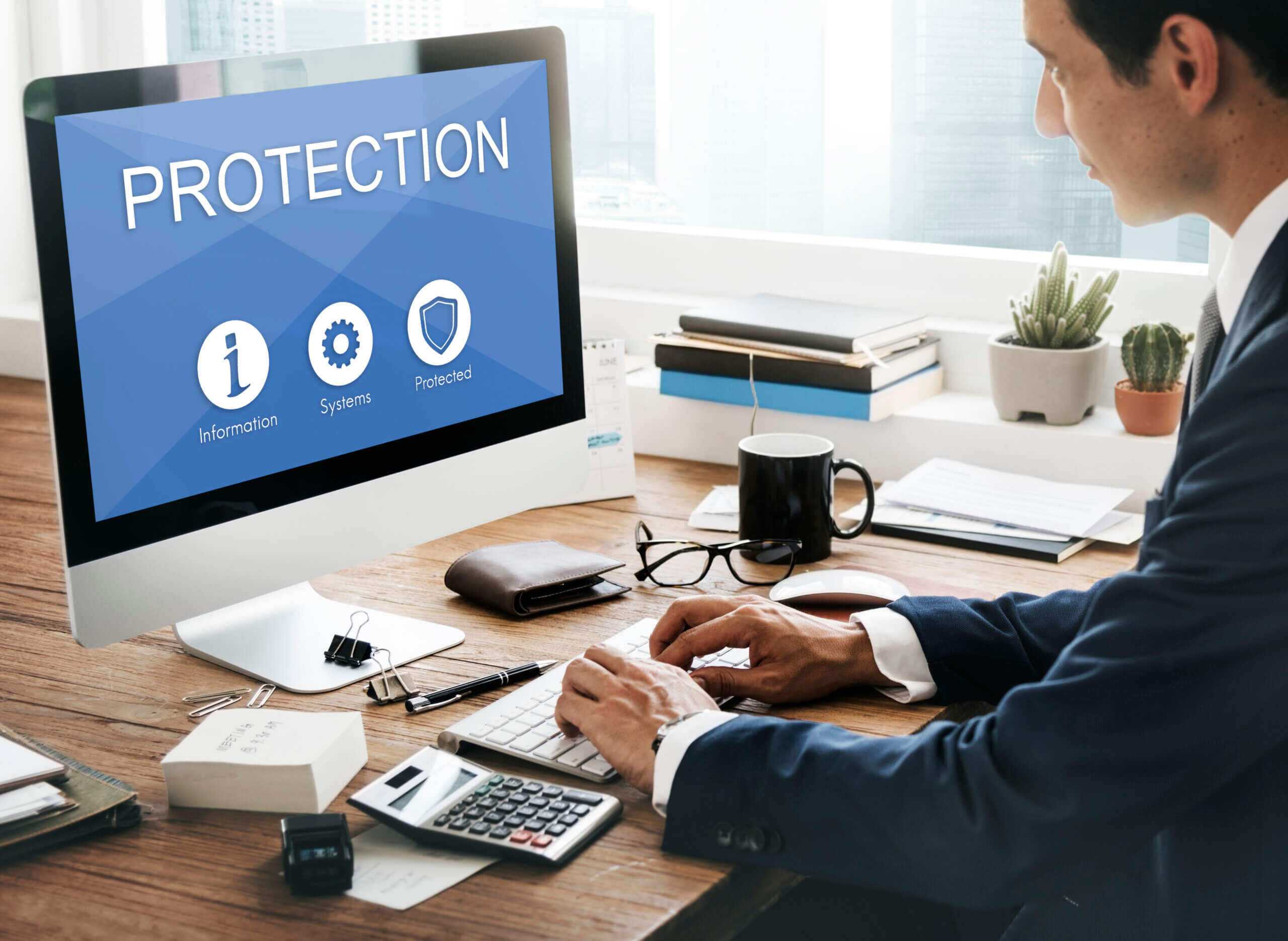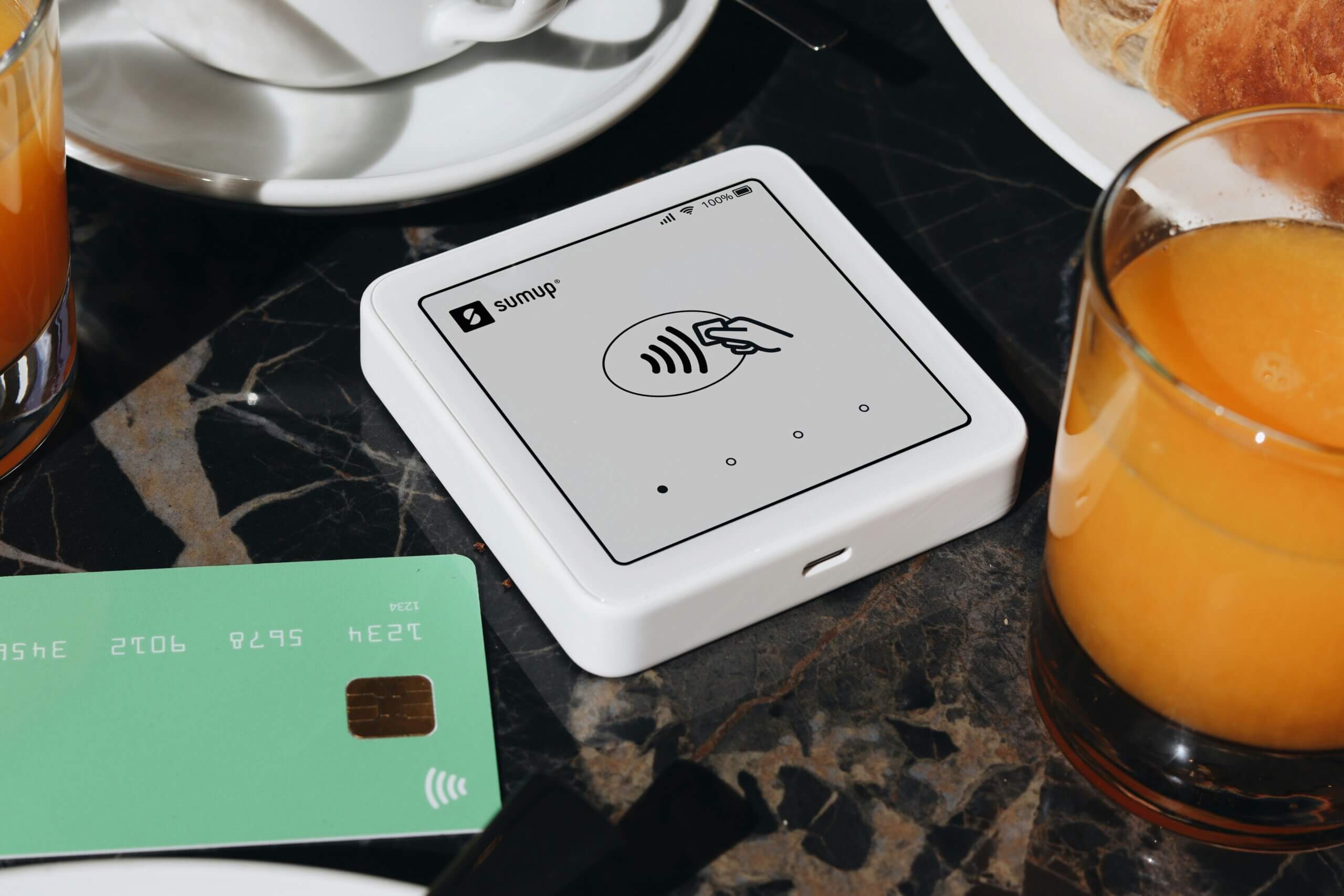When talking about successful email marketing, you might think: ‘What’s so difficult about just sending emails out? One click and we’re done!’
But wait! Hold on a second. Email marketing isn’t just about distributing emails to people. For it to be effective, you should apply some special email marketing tactics so your subscribers don’t ditch you in the trash bin.
I collected a list of ten email best practices that will keep your recipients engaged, inspire them to take a target action, and give you that immense profit you are expecting from your email campaigns.
Here’s a shortcut:
- Kickstart your email campaign with a welcome message
- Make up a recognizable sender name
- Create your own style and stick to it
- Use segmentation and personalization
- Choose the perfect timing and schedule campaigns
- Customize your emails to make them accessible and catchy
- Apply professional copywriting tips
- Plan out and use trigger emails
- Select the right email marketing service
- Avoid being flagged as spam due to excessive activity
Take your time and go through this list until the very end to launch a truly successful email campaign!
10 Actionable Email Tips & Tricks You Should Know About
-
Kickstart your email campaign with a welcome message
A welcome email is one of the best practices for email marketing and a great opportunity to gain your audience’s loyalty and turn new subscribers into regular customers. It’s the key element of an email campaign that you should always think about before starting. Otherwise, how are you even going to form a bond between you and your audience?
Did you know that a welcome letter can boost sales by 322%? Its main goal is to engage new subscribers and introduce them to your company, as well as to lead interested consumers to purchase.
But please don’t confuse email campaigns with blunt advertisements. The idea isn’t to sell or advertise products or services directly but to make a potential client who’s at the peak of interest take the target action (e.g., go to the website or a page where they can find a detailed offer and complete a purchase).
Statistics show that nearly 76% of people expect to receive an introductory (welcome) message right when they sign up on a website. So don’t ruin their expectations; send a welcome email right away to make an astounding first impression.
Think about offering different sorts of incentives to erase all the doubts of the subscribers and keep them as interested as possible. These can be discounts, customer reward programs, freebies, and many more. It’s an amazing way to engage more people and make them want to deal with you in the future rather than with someone else who didn’t come up with anything.
Let’s consider a few inspiring welcome letter examples.
- When a person signs up for the Amazon Associates Program, they receive an email with a welcome message containing details of the collaboration. Inside, there are also links to the site, some eye-pleasing design elements, and an offer of help in the form of a virtual support bot you can reach out to by clicking on the link.
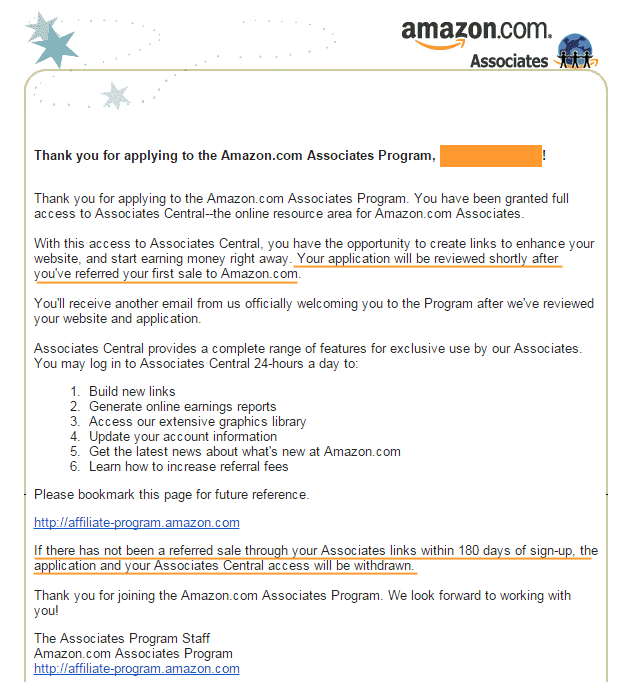
Simple but so genius, isn’t it?
2. In the welcome emails, you can talk about your company and your products or services, share links to social networks, and reveal your alluring offer for new users. That’s how we do it at ReVerb.
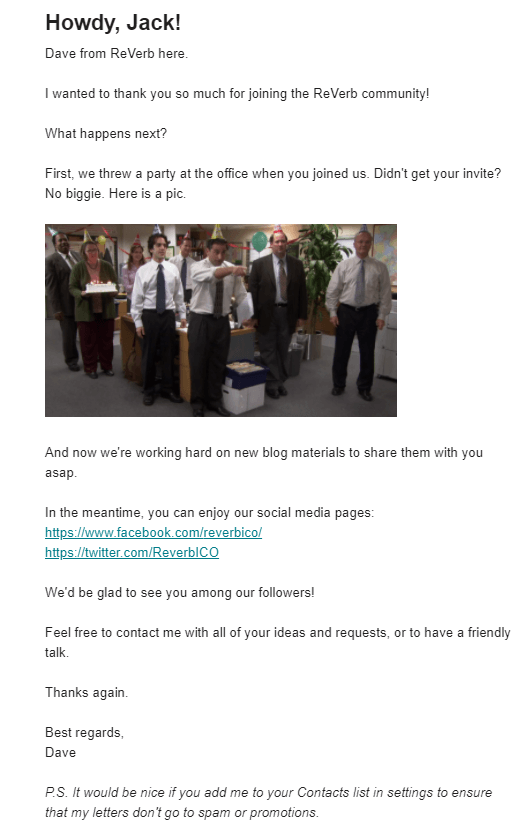
3. If relevant, your welcome email may include registration data such as the login and password to the user’s account.
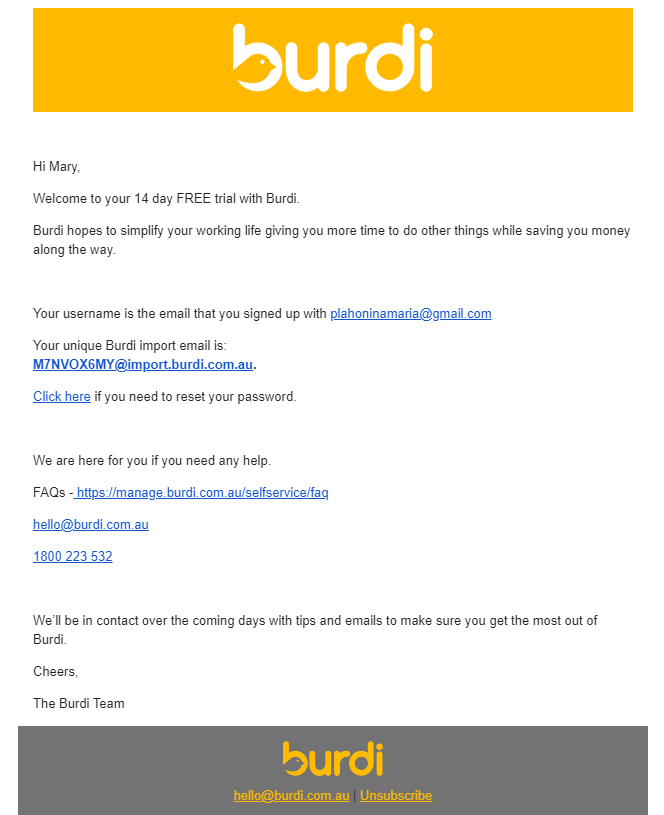
2. Make up a recognizable sender name
Well, this one is super easy but at the same time very important! Avoid the unknown or a trivial sender name at all costs. A great option is to send letters on behalf of your company employee so it looks more personal. For example, a manager or CEO with his photo as a sender icon. Subscribers will be more willing to open them and follow the links.
For our newsletters, we combined a CEO’s name with the company name:

3. Create your own style and stick to it
You have probably noticed that most of the emails in your inbox are very similar to each other, making it easy to miss them.

At the same time, you can immediately recognize a couple of brand emails just by viewing the first lines.

Here we are getting closer to email marketing best practice number three – the creation of your unique email style. It’s the science of composing emails that stand out from the neverending list of other newsletters competing for attention.
Things aren’t that complex. All you need to do is create catchy messaging, correct formatting, and, optionally, a creative design of your letters in accordance with your branding. Reinforce the emails with your logo or slogan. This will make your campaigns more appealing and memorable.
Klaviyo email marketing agency also points out that color scheme is another powerful tool for making a positive psychological impact on clients, so choose the colors that work best for your goal and make them dominate throughout your whole email campaign. For example, the shades of red brilliantly match the emails with time-limited offers as they evoke a feeling of urgency and impulsivity.
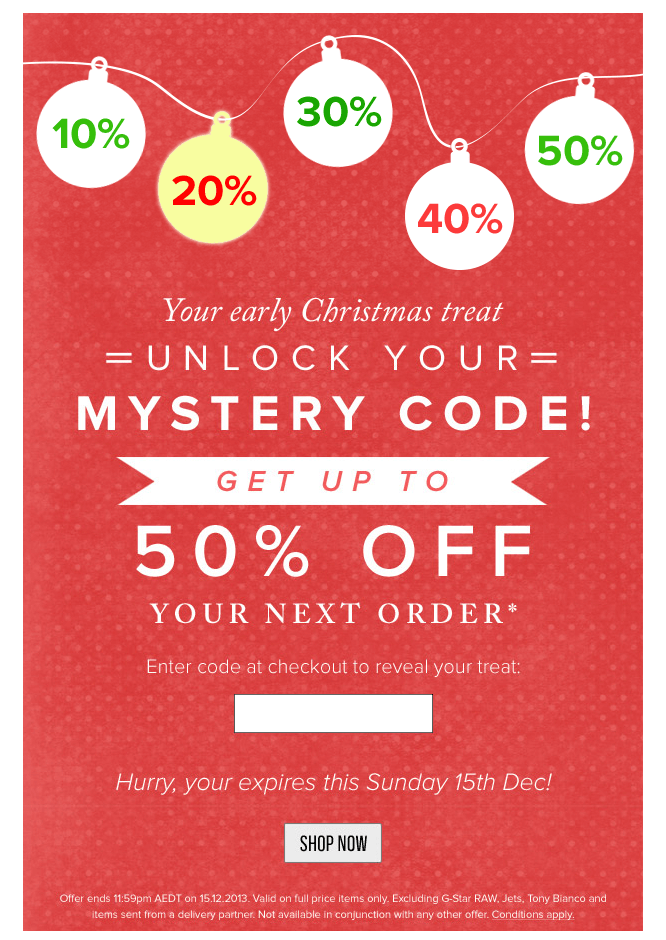
Since people usually remember the first and last piece of information best, you will also need an exclusive email sign-off. The signature is the final element of the letter, which the recipients will obviously notice.
So, instead of just including the sender’s name, contact, and address information, try to add links to the relevant pages, articles, videos, or additional offers, summarizing the point of your email. You can also experiment with custom fonts, colors, and graphic design elements.
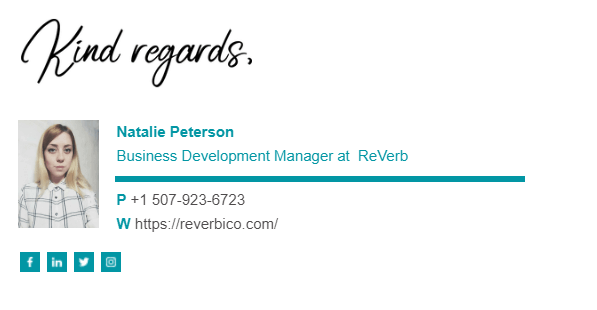
4. Use segmentation and personalization
Today, an individual approach to clients is a top priority. You will not achieve your email marketing goals if you send irrelevant content to your subscribers. The click-through rate of segmented email campaigns is 100.95% higher than non-segmented ones, and personalization increases revenue by about six times. That’s crazy, right?
Keep in mind that personalization doesn’t just mean including people’s names. To keep your subscribers engaged and make them interested in your offers, it’s important to send the most personalized content you could possibly think of. To do this, you need to divide all subscribers into segments and then prepare relevant targeted emails for each group.
Here are some ideas for users’ segmentation:
- by gender and age
- by geolocation
- by category of purchased goods
- by the number of purchases
- by behavioral factors on the site or in a letter
- by interests and preferences
- by jobs
- by the duration of the subscription
It’s less stressful if you carry out the primary segmentation at the subscription stage and keep track of it.
Let’s consider a couple of efficient ways to segment and personalize your email campaigns:
- Send greetings to make users feel special
Use all the information available about your customers to congratulate them on special moments. Celebratory messages on national and global holidays and on their birthday is a perfect opportunity to make a good impression. A great idea is also to congratulate users on their subscription anniversaries and give them a discount.
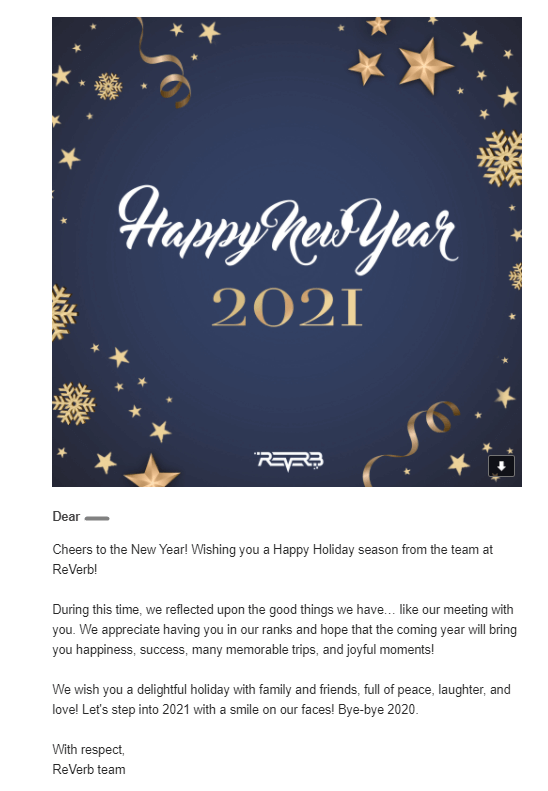
- Personalize your subject line
Just by looking at the email subject line, approximately 35% of users decide to open an email or not. If they don’t feel like it’s addressed to them, most likely they won’t bother to read it.
One more tip – add emotion. Content that provokes readers to feel emotions always works on people’s minds and increases your email campaign’s overall efficiency.
A few brilliant personalized subject line examples are:
- The real secret to … (starting a business)
- How to survive … (back pain while working on a computer)
- The biggest mistake most … (bloggers) make
- How I… (started my blog in a week)
Find out more exciting email subject line ideas that grab attention and get responses.
5. Choose the perfect timing and schedule campaigns
When it comes to maintaining the right frequency of your newsletter, you might have this question: how often do you actually need to send emails to your subscribers?
Well, let’s look at both sides of the coin: if you don’t send emails on a regular basis, your subscribers will forget about your existence and will simply stop opening new emails over time. You might also receive a lot of unsubscriptions when you decide to send an email once in a blue moon.
The other side is you maintaining constant contact with your audience. You surely don’t want to overwhelm people with everyday nonsense emails. So if you are trying to choose between these two, then it’s better to send them not so often but make them meaningful and useful for the reader.
If you scrutinize statistics on the mailing frequency, you will realize that the most optimal choice is distributing your email newsletter once a week. Email marketers and business owners who email their subscribers weekly achieve the highest open and click-through rates, so why not stick to this schedule?
Segment the users by location and job, and make sure you reach out to them at the most appropriate time of the day (when they check their inbox at work over coffee). Moreover, follow DMARC policy and take other steps to increase email deliverability and ensure that your message will receive in your target audience’s inboxes.
6. Customize your emails to make them accessible and catchy
What do you notice first when opening an email? Visual elements or text? I bet the first. At least most people do. So it’s time to reveal some email design best practices. The structure of the letter, infographics, formatting of text, colors, and readability on a smartphone – all of these factors determine whether the recipient reads the letter and takes action or not. In case you create a new product email, include visuals to encourage people to take action.
Follow these simple email marketing tips to make your email letters much more attractive and accessible:
- An email template should complement your brand identity and ensure the best view experience for recipients.
I adore how Calvin Klein created their email campaigns in accordance with the corporate branding and web design.
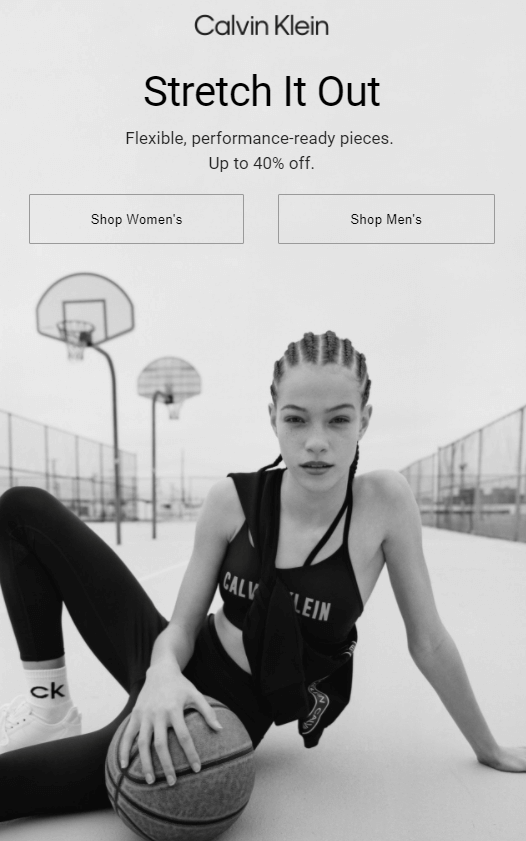
- Use the word ‘video’ in the subject line as it increases email open rates by 19% and CTR by 65%. Video in welcome emails that a new user of the product receives works especially well.
- Emails that include solely images might be perceived as advertising emails. Don’t get too obsessed with pictures and add at least 500 characters of text.
- The other thing that might lower your conversions is the email size. If the email weighs more than 102 KB, Gmail will not display it completely. Since almost 70% of subscribers mostly view emails on their smartphones, this turns out to be a big problem. Create responsive templates yourself or use ready-made ones that are offered by mailing services. Before starting a newsletter, check how it’s displayed on all major devices and applications your subscribers might use.
- Use the inverted pyramid method. According to it, a letter consists of three elements: first, a vibrant photo or banner to attract attention, then information about a product or offer, and finally – most importantly – a call to action.
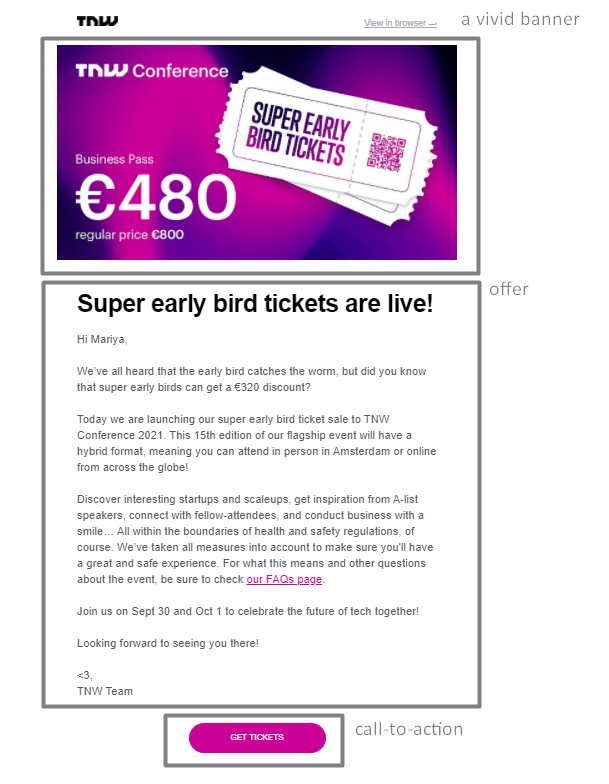
- Don’t forget about the alternative text. This one appears instead of a picture that was not loaded in the letter. If a person has images disabled, then they will see the alt-tag. This text also serves a great purpose of helping people with visual impairments: the voice assistant will read it instead of a picture.
7. Apply professional copywriting tips
Among all the other email marketing tips, copywriting may get especially tricky. It’s a real challenge to present loads of information you may have in a shorter form while still keeping it valuable and engaging. Make sure your text is literate, cognitive, and somewhat exciting.
The first step is to grab attention with a headline that provokes users to open an email. Here you can use a personalization tactic or create a sense of urgency (depending on the email’s purpose). At the same time, it should be logically structured and reveal the main idea in the first sentences.
If you work with a long text, try to graphically separate it using lists, subheadings, images, etc.
Here are a few professional copywriting tips for writing business emails:
When talking about business email best practices and business copywriting, you should always remember to follow business email etiquette. Unless you know the receiver well, it’s best to leave humor out of emails in a business setting. Miscommunication can happen easily due to cultural differences, especially in text communication, because we can’t see each other’s body language. Customize your message copy to the recipient’s cultural background and level of familiarity.
As a result, if you want your emails to convert better, be sure to get straight to the point from the subject line. Most people are too busy to read the entire email, so make it skimmable and understandable right away. You might also want to utilize bulleted lists or headings, and bold or highlight the most significant parts of your message.
On top of that, do not forget about the call to action which is the most important part of your whole text. A great practice is to summarize the message in the P.S. section, which users pay attention to nine times out of ten.
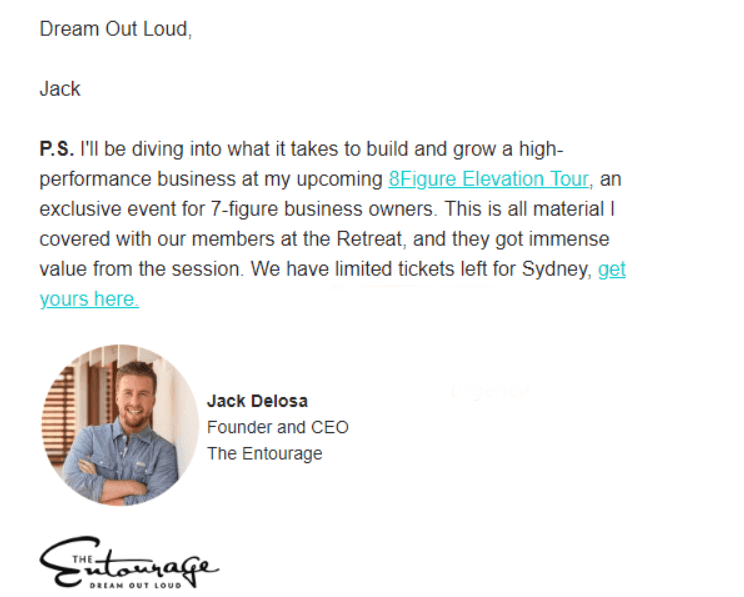
8. Plan out and use trigger emails
As you may know, trigger letters are those automatic letters that come in response to some actions (or inaction) that a user performs. You set trigger rules in an email service on your own according to your sales strategy, and then the programmed emails will be distributed automatically.
Examples of user actions are: subscribing to a newsletter, abandoning an order, purchasing a product, etc.
Examples of trigger emails: a welcome email, abandoned cart email, finished sign-up email, personalized recommendations, congratulations email, etc.
Automated (trigger) mailings can be used by everyone: from online stores to large B2B projects. It’s very convenient to use trigger emails because it’s a completely automated method to reach wide audiences with personalized messages. In this way, you free yourself from routine tasks. Meanwhile, subscribers also get to know the product, receive great deals, and, as a result, purchase more willingly.
Another benefit of trigger emails is the provided possibility of segmenting an email list. You can use triggers to divide subscribers into appropriate groups and make your email strategy more targeted. For instance, select a segment of inactive customers to remove them from the database.
Do you want to learn how to send trigger-based emails? Take a look at some of the samples below that will help you to get started:
- If your sales email doesn’t convert, send users a follow-up email with a valuable free offer (for example, an eBook).
- If a lead downloads an eBook, encourage them to check out the blog articles on the same topic.
- If the lead joins a webinar, send them a customized notification email.
- Create an exclusive webinar invitation using invitation maker and send it to the blog subscribers.
The ideas for trigger emails are almost unlimited, so never stop experimenting with different scenarios.
9. Select the right email marketing service
Once you’ve decided on your mailing strategy, you can move forward and choose an email marketing service for running all your future email campaigns.
Email marketing services assist you in a great variety of tasks such as collecting and managing your email lists, as well as delivering engaging newsletters. They also help you store the contact base in one place and automate massive mailing to a large number of subscribers in a single click. Using them, you can set trigger email campaigns explained above.
Finally, email marketing services provide in-depth analytics and reporting features that allow you to analyze and optimize your campaigns for even better results.
Here at ReVerb, we use MailChimp as a core email marketing service that allows us to cover all mailing activities with maximum convenience.
10. Avoid being flagged as spam due to excessive activity
One of the reasons that messages end up in the spam folder, damaging your deliverability rates and domain reputation, is overly frequent massive mailing.
When you ‘attack’ users with messages they are not interested in (those who have not opened a single message in the last 180 days, for instance), the most logical scenario is that the email service redirects your messages to the spam folder. Or the users will click a ‘Spam’ button manually.
If you send emails several times a week, it’s important to correlate the mailing frequency with the engagement of the recipients. So it’s reasonable to send mail more than three times a week only to those users who interacted with them within the last 30 days.
For those who were active from 31 to 90 days ago, it’s better to do no more than two mailings per week. And, as you may have guessed, for subscribers who opened emails 91-180 days ago, one mailing per week is acceptable.
You should recognize the action of users losing interest and unsubscribing because this may happen with any brand. Thus, make the unsubscription process easy. Make your Unsubscribe button easily visible or you run the risk of people flagging you. The impossibility to unsubscribe makes users complain about spam since they have no other option on how to stop unwanted email flow.
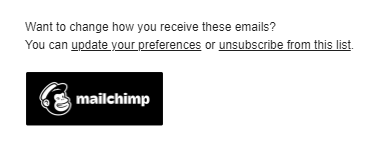
The other thing to avoid is using spam trigger words, the list of which has grown longer over the past few years. In addition to such spam words as: ‘cash,’ ‘free,’ ‘bonus,’ ‘sale,’ and ‘make money,’ words like ‘ freedom’ and ‘amazing opportunity’ are also considered spam. You can keep track of the updated list of words to avoid on a website like Hubspot which is constantly updating. It might be time-consuming to check the emails for those little details, but is it worth it? Definitely.
Conclusion
Congratulations on reading this list of best email marketing practices to the end! Now you know how to significantly improve your subscription growth, get replies, and drive conversions.
By following these email marketing tips and design best practices and using the right platform, you get a chance to level up your email marketing strategy. Contact our team today to launch email marketing campaigns that help you build a loyal base of customers who trust you and adore your brand!














